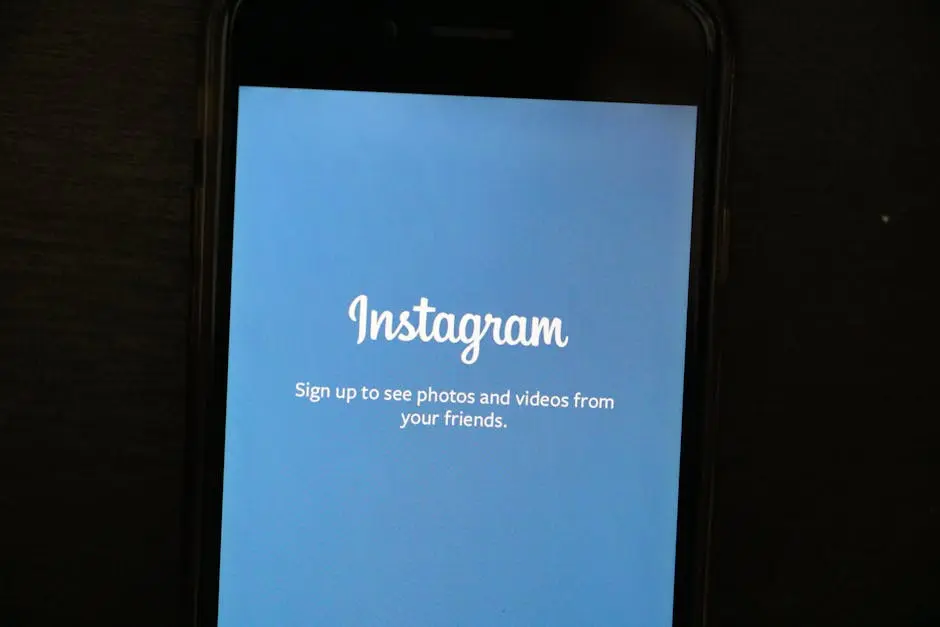How App Design Influences User Behavior and Retention
In the world of mobile applications, the way an app looks and feels plays a crucial role in how users interact with it. App design is more than just aesthetics; it’s about creating an experience that keeps users engaged and coming back. In this blog, we’ll delve into how thoughtful app design can shape user behavior and enhance user retention.
Understanding the Basics of App Design
App design encompasses both the aesthetic aspects and the functional elements of an application. A well-designed app makes complex tasks simple and provides an intuitive experience for the user. By concentrating on sleek interfaces, easy navigation, and responsive layouts, developers can enhance the overall usability of an app. It’s important to establish a visual hierarchy that directs users to the most important features first, which helps in creating a logical flow within the app. Additionally, maintaining consistency in design elements across different pages not only enhances usability but also reinforces brand identity. This approach helps create a sense of familiarity and comfort for users, making them more likely to return.
Looking at some of the most successful apps today, we can see how integral design is to their success. For instance, the minimalistic and clean design of Apple’s apps emphasizes usability and simplicity. These elements not only make the app aesthetically pleasing but also significantly improve user engagement. A clear, minimalist design facilitates ease of use and makes functionality the star of the show. This strategy, among others, like optimizing loading times and ensuring compatibility across multiple devices, ensures users have a seamless experience, which is crucial for retention.
The Psychology of User Experience
App design is deeply connected to psychology. Users have certain expectations when they open an app, and meeting these expectations can make or break their experience. Features like color schemes, typography, and animations can evoke emotions and influence user behavior. Ultimately, a good design plays on the user’s natural instincts, guiding them through the application effortlessly. The choice of colors, for example, has been shown to impact users’ mood and behavior. Blue often creates a sense of trust, while red might stimulate excitement and urgency. Coupled with intuitive typography that enhances readability, these elements create a seamless and engaging user experience.
The use of emotional design elements, like micro-interactions that provide instant feedback, contributes to a pleasurable user experience. Cognitive load, which refers to the amount of mental effort required to use an app, should be minimized to prevent users from feeling overwhelmed. Strategies such as progressive disclosure, where information is presented in a step-by-step manner, can ease users into the more complex features, enhancing learning and engagement. Additionally, incorporating social proof elements, like user reviews and trends, can reinforce trust and influence user decisions positively.
Designing for Retention: Key Strategies
To keep users returning, an app must surprise and delight them. This can be achieved by offering personalized content, seamless interactions, and a rewarding experience. Push notifications, gamification, and loyalty programs are just a few of the strategies to enhance retention. App designers must also regularly update their designs based on user feedback to remain relevant and engaging. Personalization, such as tailored recommendations based on user behavior, can significantly enhance user satisfaction by making them feel understood and valued. Using machine learning algorithms to predict what users might like or need next is another innovative approach that many companies are adopting.
Gamification is another potent strategy, adding fun elements to otherwise mundane tasks, increasing user motivation and engagement. Simple rewards systems, like points or badges for completing certain tasks, can encourage continued use and return visits. Moreover, loyalty programs, which offer incentives such as discounts or exclusive content, can create a stronger connection between the user and the app. By implementing these elements thoughtfully, developers can turn routine user interactions into compelling experiences that foster long-term loyalty.
The Role of Feedback in Continuous Improvement
Feedback is a vital component of app design. User reviews and analytics provide insights into the app’s performance and reveal areas for improvement. By listening to users and adapting the design based on their needs and preferences, app developers can foster a sense of community and loyalty, ultimately boosting user retention. An agile development process enables quick adjustments based on feedback, ensuring that the app continuously evolves to meet the changing expectations of its user base. This responsiveness not only shows users that their opinions are valued but also leads to more refined and user-centric app designs.
Incorporating direct user feedback through surveys or in-app prompts can also yield valuable insights into how an app is perceived. Analyzing this qualitative data alongside quantitative analytics can provide a well-rounded view of user satisfaction and areas of friction. Effective use of data analytics helps identify patterns and trends, which can inform both minor adjustments and major overhauls in the design. Encouraging users to participate in beta testing for new features not only makes them feel like part of the development process but also provides developers with critical real-world use-case data to further refine the product.
The Crucial Role of Design in User Retention
In a competitive app market, understanding the power of design is essential. By focusing on user-centric design principles and continuously refining the user experience, developers can significantly influence how users interact with their apps and improve retention rates. Ultimately, great design is about connecting with your users and making their journey through the app both enjoyable and efficient.






Leave a Reply
Want to join the discussion?Feel free to contribute!